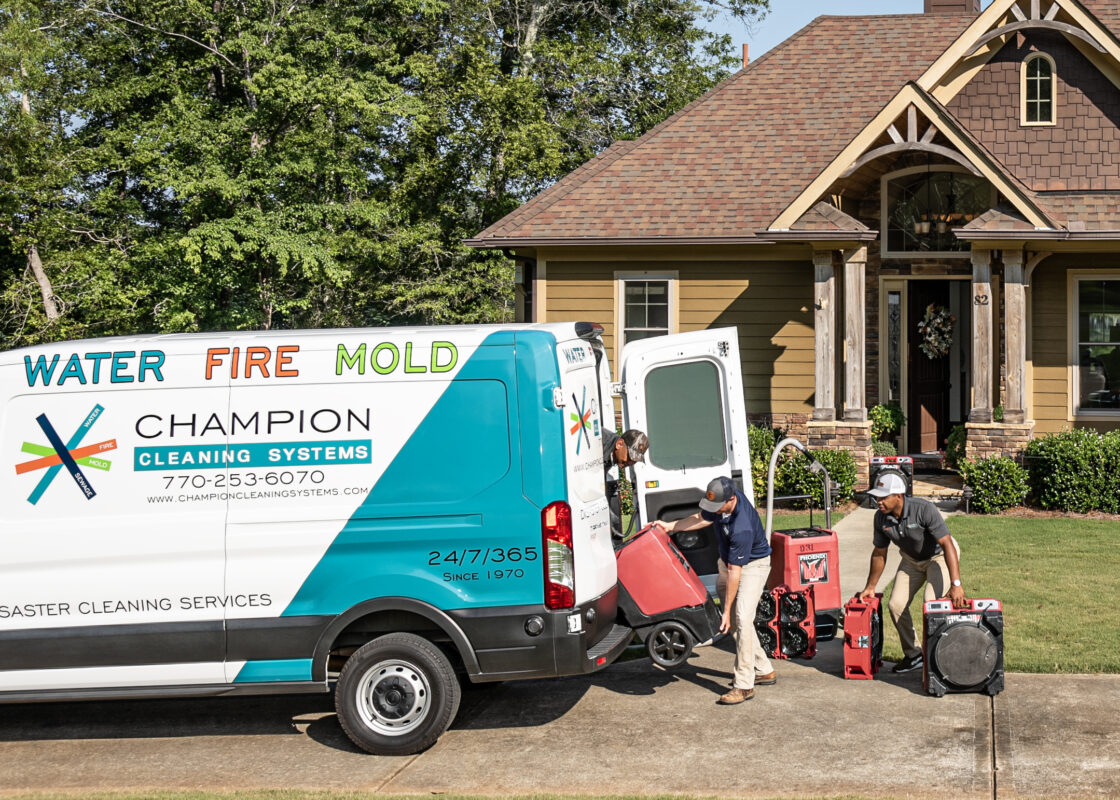As the seasons change, so do the challenges our homes face. While we often think of seasonal shifts in terms of temperature or holidays, they can significantly impact the integrity of our roofs and plumbing systems. Understanding how these changes affect roof and pipe leaks can help homeowners stay proactive and minimize damage.
The Impact of Seasonal Changes
1. Winter: Freezing Temperatures and Snow Accumulation
In winter, freezing temperatures can lead to a host of issues. When water seeps into cracks or small gaps in your roof or pipes, it can freeze, expand, and widen those openings. This phenomenon, known as freeze-thaw cycling, can cause:
- Roof Leaks: Ice dams form when snow on your roof melts and refreezes at the eaves, preventing proper drainage. This can force water under shingles, leading to leaks.
- Pipe Bursts: Unprotected pipes in unheated areas, like basements or attics, can freeze and burst, resulting in significant water damage when they thaw.
2. Spring: Thawing and Heavy Rainfall
As temperatures rise, the snow melts, and spring brings heavy rainfall. This season can exacerbate existing vulnerabilities in your home.
- Roof Vulnerabilities: If ice dams have caused damage over the winter, melted water can seep into weakened areas, leading to leaks. Additionally, debris from winter storms can clog gutters, causing overflow and water to back up onto the roof.
- Increased Soil Saturation: With the ground saturated from melting snow and rain, the risk of water entering basements or foundations increases. This can also put stress on plumbing systems, leading to leaks.
3. Summer: Heat and Humidity
Summer heat can be deceiving. While we enjoy longer days and warm weather, the heat can affect both roofs and plumbing in unexpected ways.
- Roof Stress: High temperatures can cause roofing materials to expand, leading to cracks and other damages. If your roof isn’t adequately ventilated, heat buildup can exacerbate these issues.
- Pipe Expansion: Just as roofing materials expand, so do pipes. High temperatures can cause joints to loosen or pipes to shift, increasing the risk of leaks, particularly in older homes with outdated plumbing.
4. Fall: Wind and Debris
As the leaves begin to fall, they can pose a significant risk to your roof and drainage systems.
- Clogged Gutters: Accumulating leaves and debris can block gutters, leading to water pooling on your roof and potentially causing leaks. Regular maintenance is essential to prevent this.
- Wind Damage: Fall storms can bring strong winds that may loosen roofing materials or even tear them off. This can create vulnerabilities where leaks can develop.
Prevention Tips
To mitigate the risks associated with seasonal changes, here are some proactive measures you can take:
- Regular Inspections: Conduct seasonal inspections of your roof and plumbing. Look for signs of wear, cracks, or rust, and address any issues immediately.
- Gutter Maintenance: Clean your gutters regularly, especially in the fall, to prevent clogs and ensure proper water flow.
- Insulation: Insulate pipes in unheated areas to protect against freezing in winter and temperature fluctuations in summer.
- Roof Repairs: Address any damage promptly, whether it’s missing shingles or visible wear, to prevent leaks before they start.
Conclusion
Seasonal changes can significantly impact the health of your roof and plumbing system. By understanding how these shifts affect your home and taking preventive measures, you can safeguard your property against leaks and the costly damages they can cause. Regular maintenance and timely repairs are your best allies in keeping your home dry and secure, no matter the season. Remember, Champion Cleaning Systems conducts a free inspection for your home or business if you do have a water damage.


